TYPES OF WINDOWS
Our aluminium windows come in a range of styles and configurations to suit any style of home.
Our aluminium windows come in a range of styles and configurations to suit any style of home.
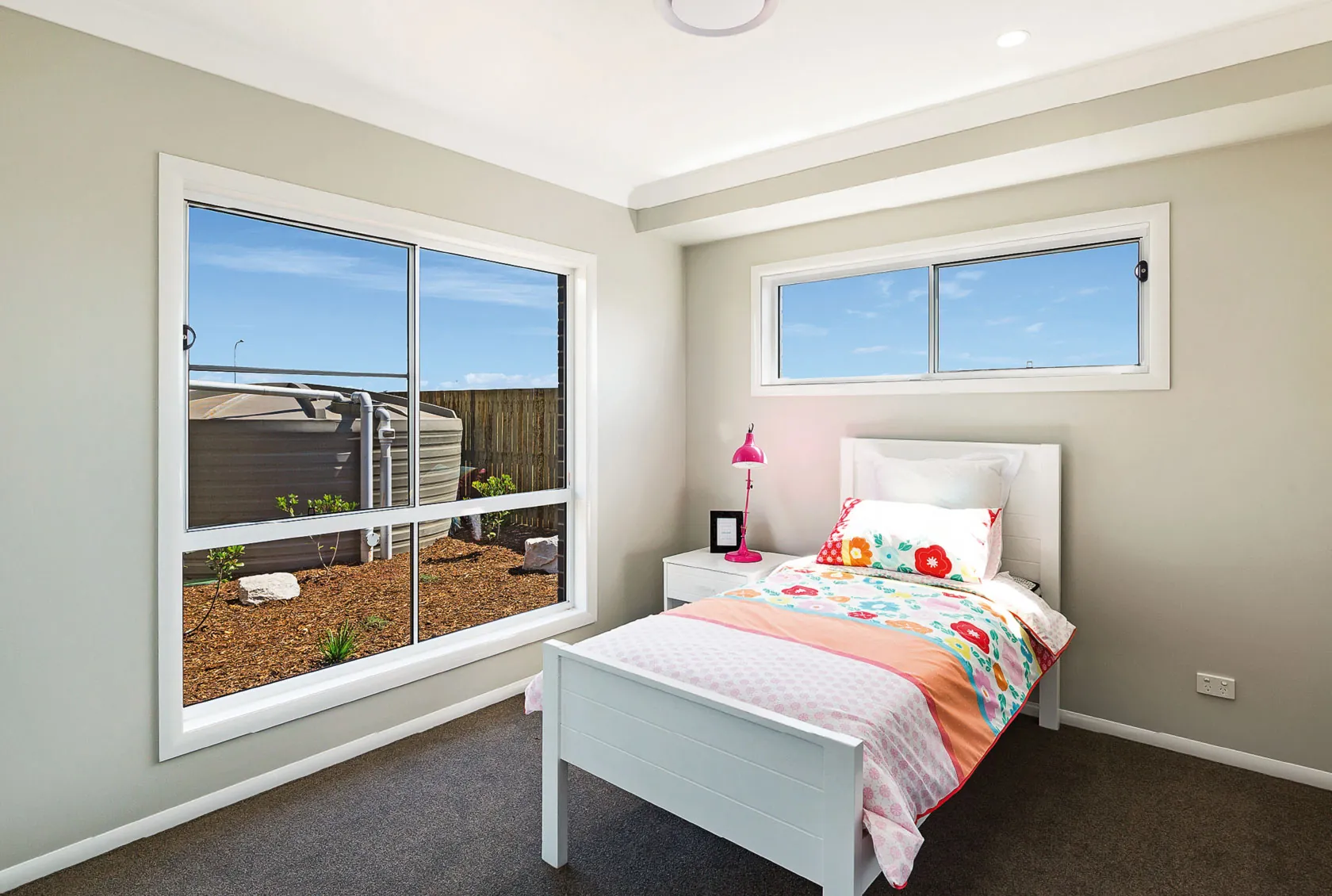
Sliding windows feature one or more fixed sashes and one or more moving sashes (a “sash” is the glass and framework that holds the glass in place).
As the name suggests, they are opened and closed by sliding the moving sash or sashes left or right.
Sliding windows are perhaps the most common window type found in Australian homes. Their simple, functional design makes them easy to operate. They’re also available in large sizes, making them a good option for improving your home’s ventilation, natural light, and external views.
Learn More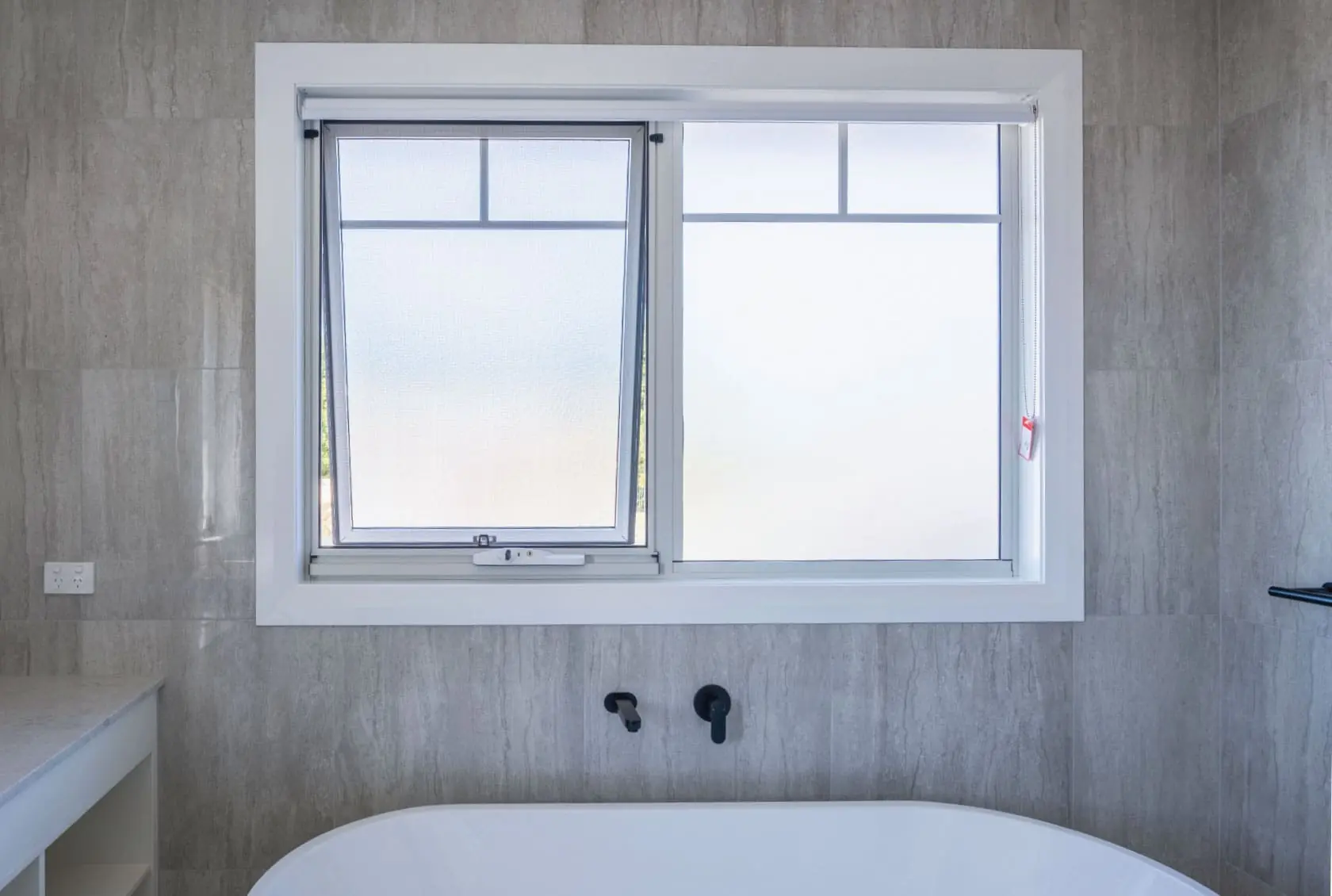
Awning windows can only open to a limited, fixed degree, making them perfect if you want to leave windows open in light rain.
With a hinge near the top of the frame, awning windows swing out at the bottom to open. They can be partially or fully opened (and closed) by turning a winder.
You can install them above, below, and alongside one another, or next to fixed windows. As such, they’re a versatile option that can enhance virtually any home design.
Learn More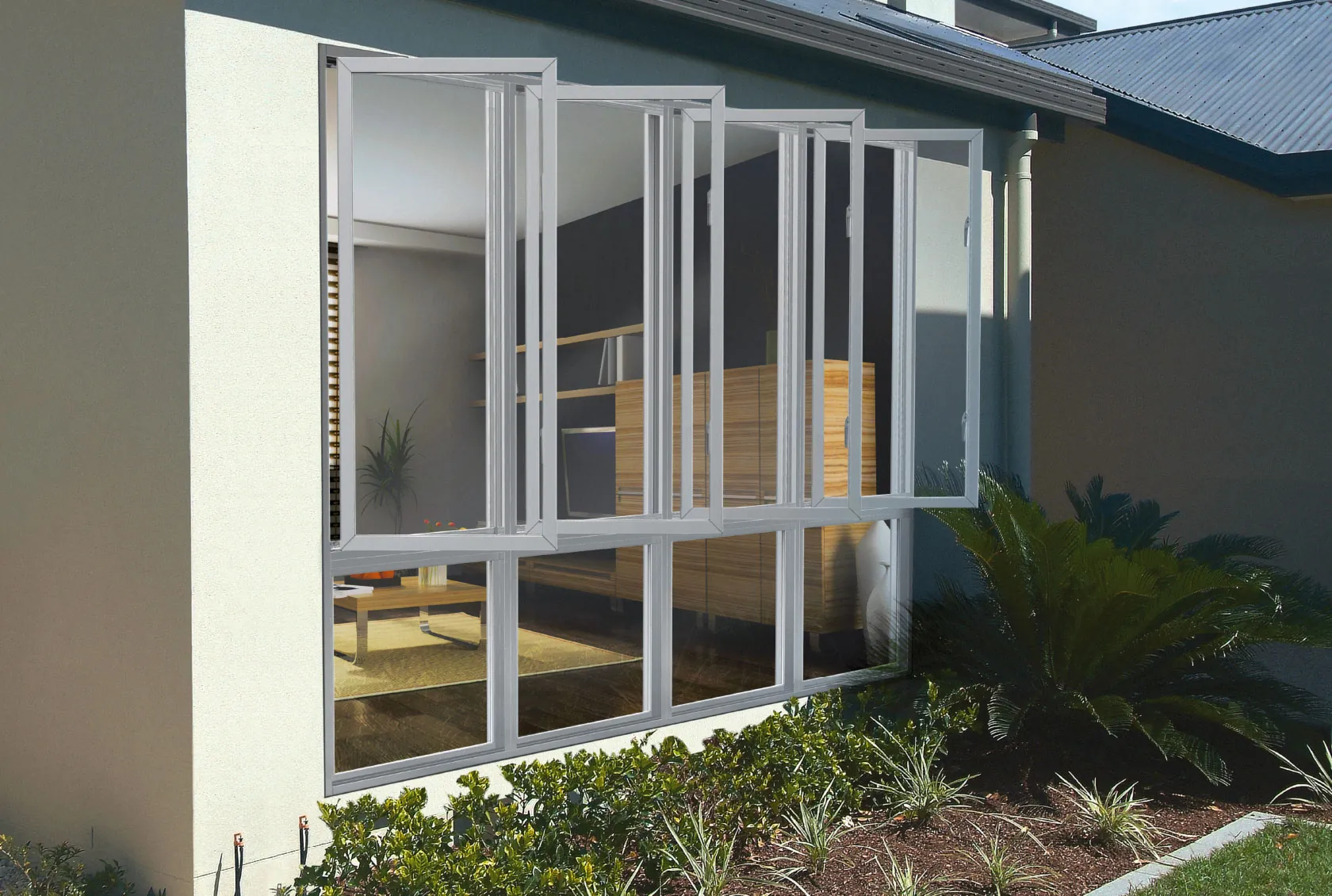
With their wide-swing openings and aesthetically-appealing appearance, casement windows are a long-time favourite for many people.
Casement windows are hinged either on the left or right side and swing outwards like hinged doors. They may feature one or more sashes within a single window frame.
One key advantage they offer is the ability to control the level of ventilation in your home. By opening them at certain angles, you can funnel soft or strong breezes into your home.
Learn More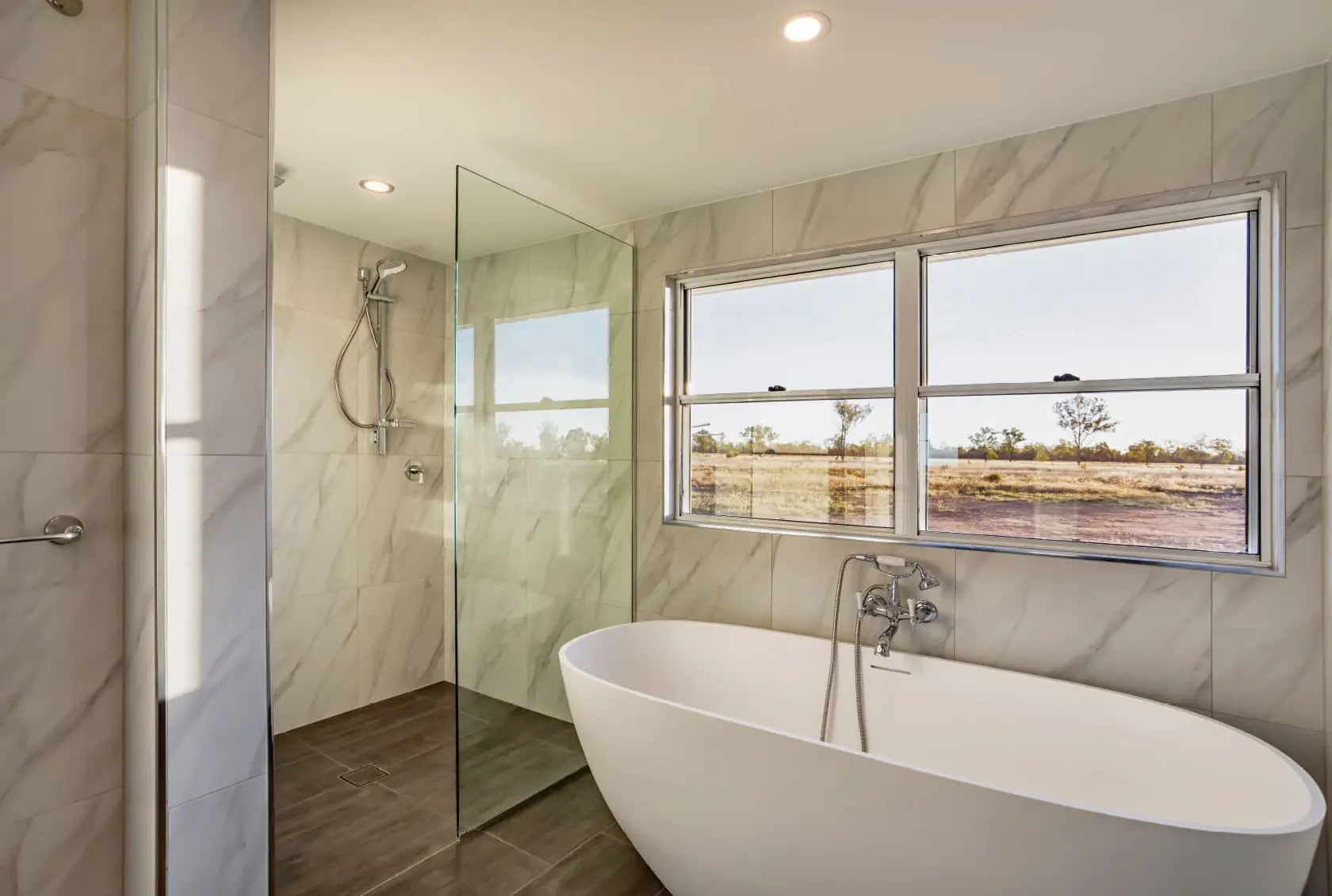
Double hung windows feature two panels, both of which can slide up and down in the frame.
The sashes remain inside the frame, so they don’t protrude when open.
Because double hung windows can be opened from either the top or the bottom, they’re perfect for adjusting the airflow entering your home.
They are sometimes referred to as “sash windows”, but whatever their name, they all work in the same manner.
Learn More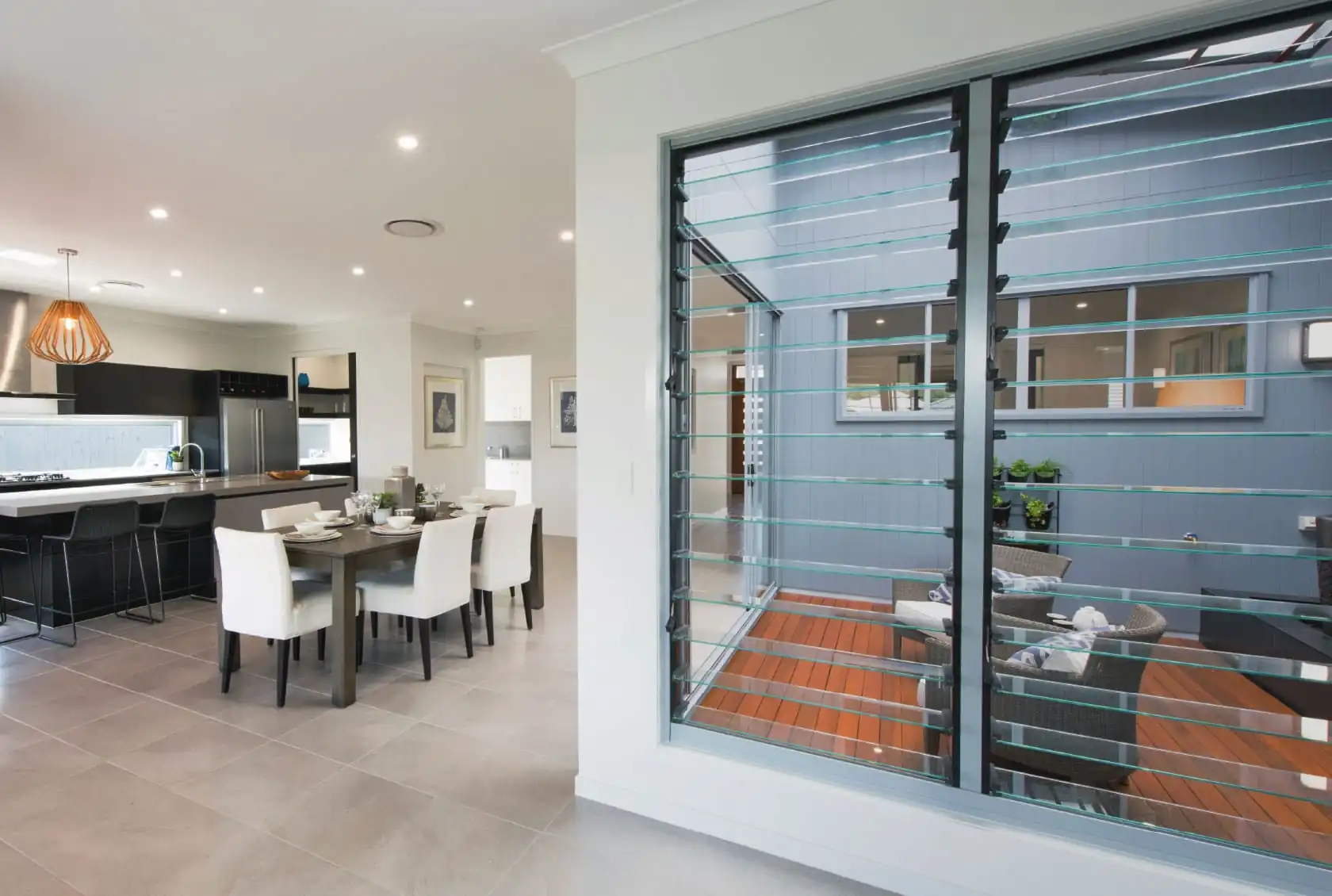
Louvre windows consist of a series of horizontal blades made from glass, timber, or aluminium, which are fixed between the frame.
You can open and close the blades by moving a small lever up and down.
Depending on your choice of material, you can use them to create a striking or understated look, making them a versatile option.
They are particularly ideal for small rooms with minimal wall space that require ventilation, such as toilets, bathrooms, and narrow hallways.
Learn More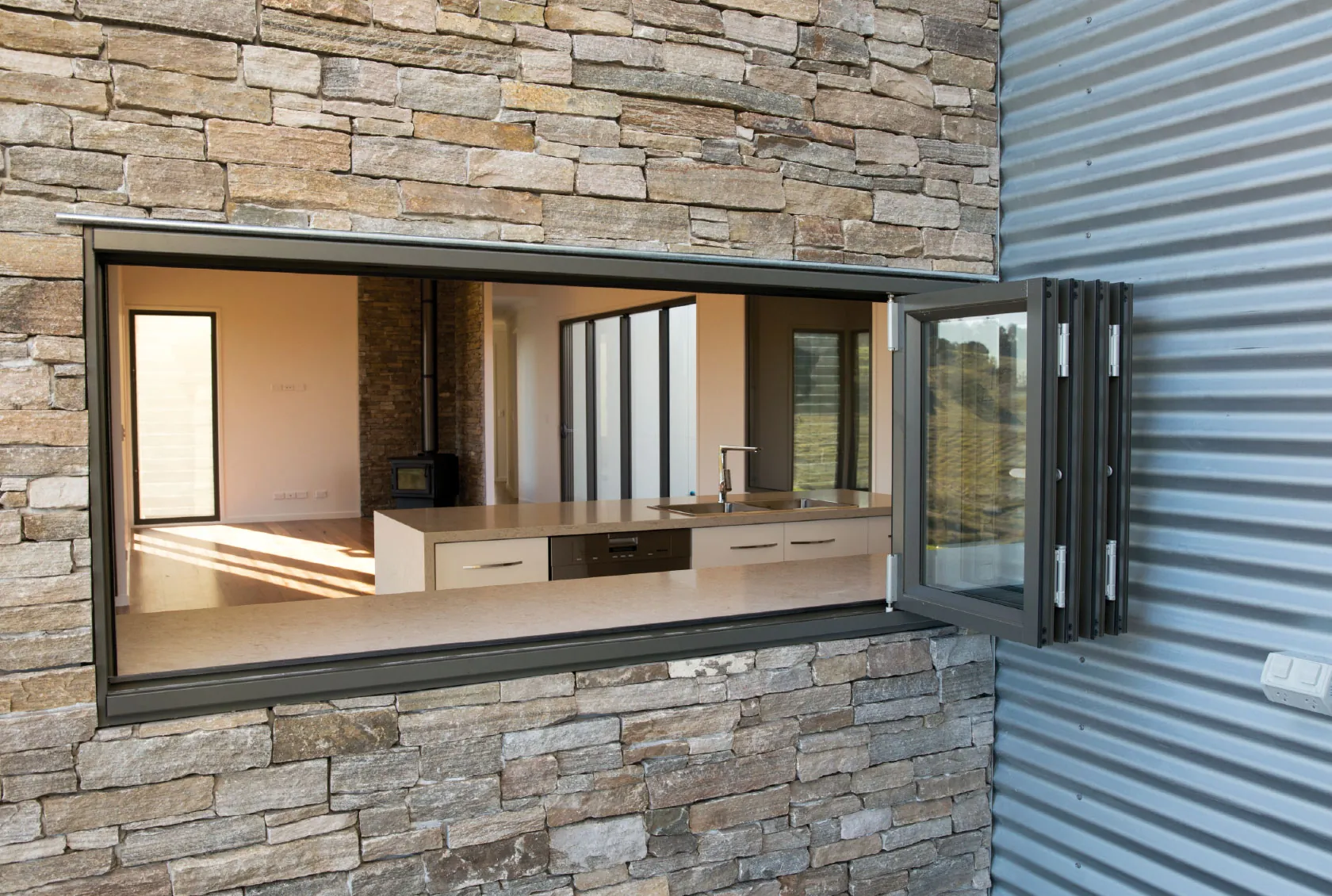
The ideal servery window, bi fold windows are a favourite feature in kitchens and entertaining areas.
They consist of two or more operable panels that are hinged together and at the sides, either on the left, or on the right, or both sides. This allows the panels to be opened to one – or both – sides.
Sometimes referred to as “concertina windows” or “folding windows”, bi fold windows fully maximise openings, setting them apart from other windows that only slide open halfway or swing open to a fixed degree.
Learn More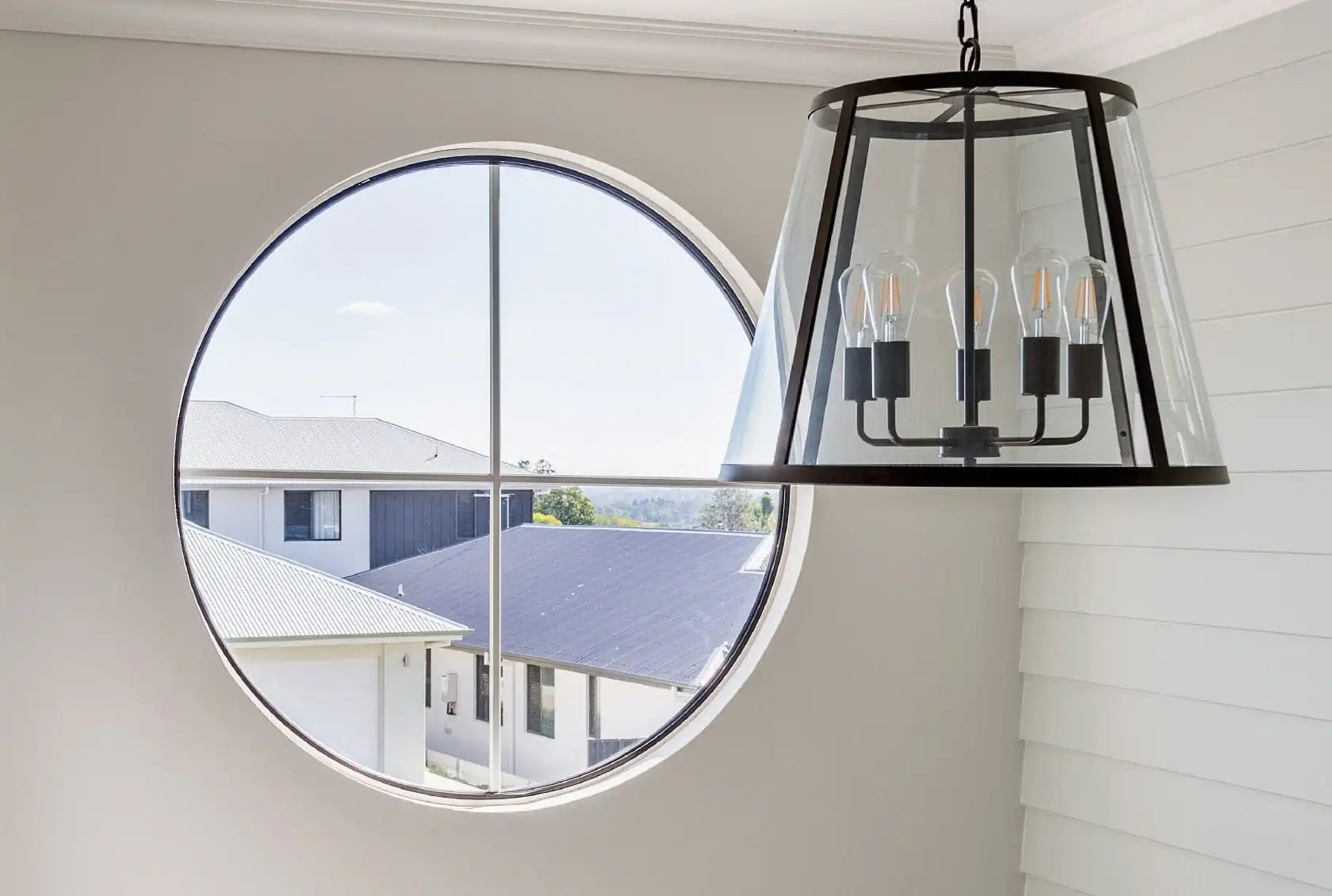
Fixed windows do not open.
They’re used to let in light and provide views of the outside. They can be installed either as a stand-alone product or in conjunction with operable windows.
They can be almost any shape, including square, rectangle, arch, circle, triangle, or a combination of these options.
If you have your very own ‘grand design’ project, you may want to consider turning a wall into a panoramic view of the world outside with floor-to-ceiling fixed windows.
Learn More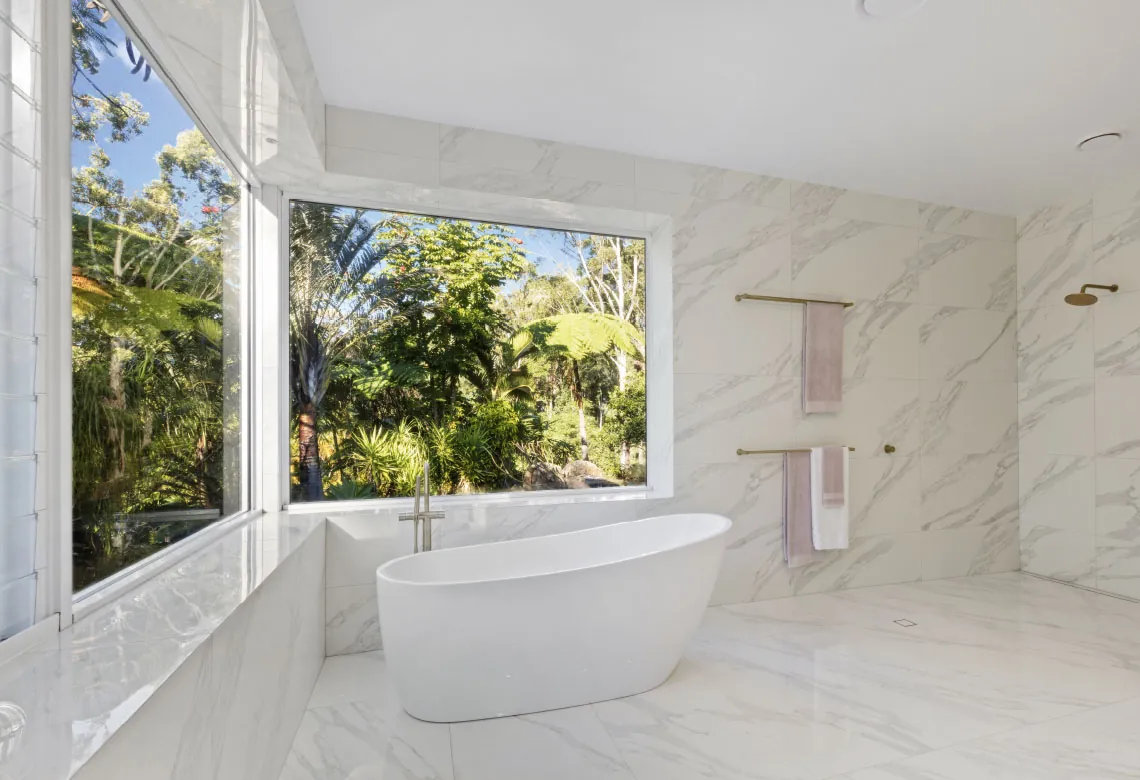
Use our comparison tool to help you find the right windows for your project. You can do a side-by-side comparison of our windows based on the following information: